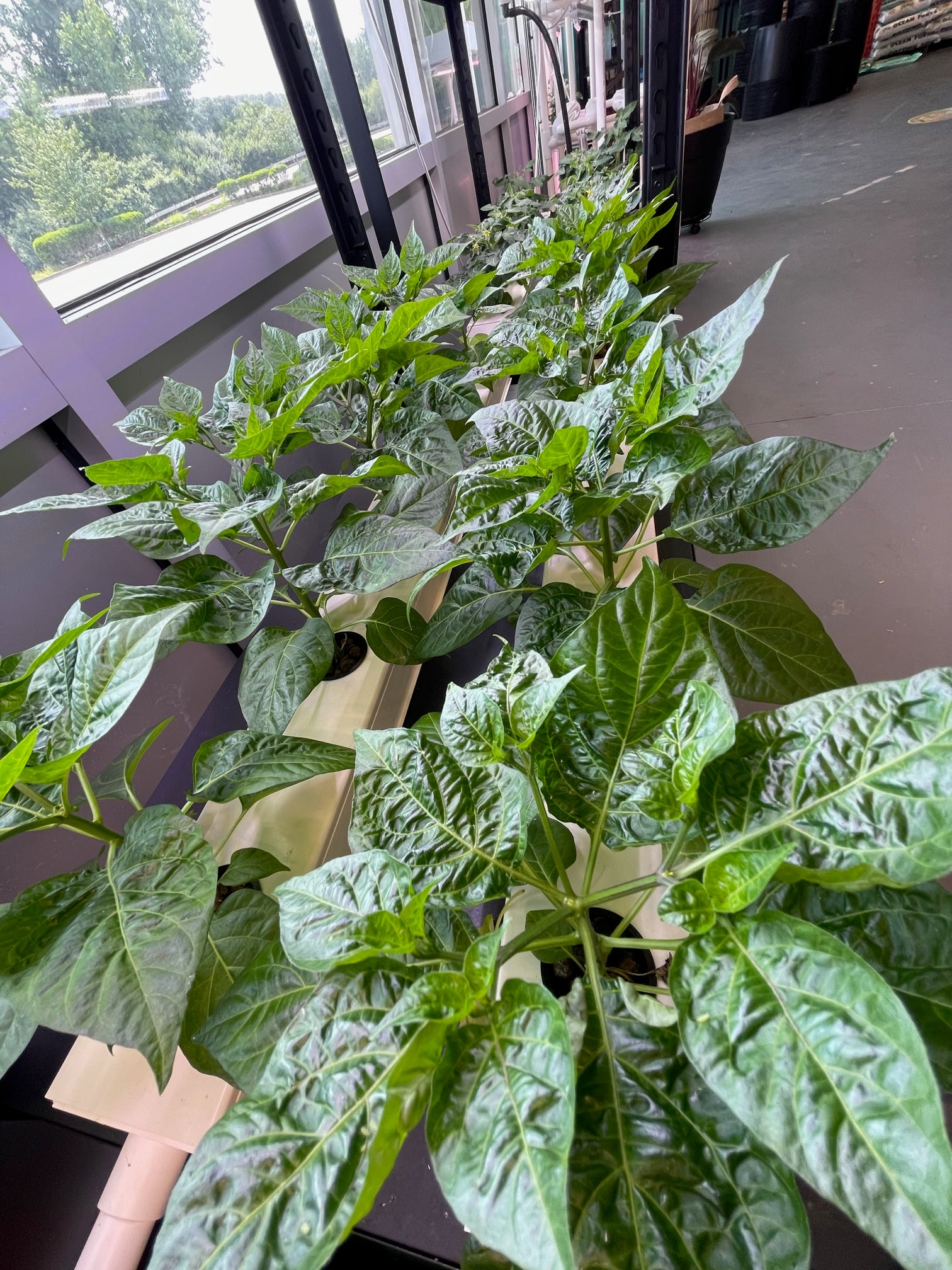
Embark on a Fig Farming Adventure: From Mediterranean Mystique to Your Backyard
Share
Embark on a Fig Farming Adventure: From Mediterranean Mystique to Your Backyard

Photo by serjan midili on Unsplash
Unveil the charm of growing figs in your garden, turning it into a picturesque Mediterranean retreat brimming with sweet, sun-kissed fruits. This comprehensive guide will navigate you through the fine art and precise science of fig cultivation. From picking the ideal fig cultivar to tenderly caring for your tree, this journey is tailored for both the seasoned gardener and the greenhorn. Let's delve into the delightful world of figs, unlocking the secrets to cultivating and relishing this ancient, delectable fruit.
A Timeless Journey: The Historical Roots of Fig Trees
Our voyage commences with a trip down memory lane, unraveling the fascinating history of fig trees - one of humanity’s earliest known fruit-bearers. Revered for millennia, figs have a storied past, from the Mediterranean's bountiful shores to the birthplaces of civilization in Mesopotamia. They have adorned the dining tables of emperors, pharaohs, and common folks alike, their timeless allure and sweet, succulent flavor transcending eras. As we venture into fig farming, we honor this remarkable legacy, knowing that nurturing a fig tree is a nod to a tradition cherished through innumerable generations.

Fig Varieties Explored
Caprifigs:
- Male figs vital for the pollination of certain fig cultivars like Smyrna figs.
- While not bearing edible fruits, their pollen is a key to the fruit-bearing cycle of other figs.
Smyrna Figs:
- Female figs dependent on caprifigs for pollination.
- Exemplified by the Calimyrna fig, known for its nutty taste and amber-hued skin when ripe.
San Pedro Figs (Kadota Figs):
- A common fig variety capable of fruiting without pollination.
- Known for their greenish-yellow skin and sweet, honeyed taste, ideal for both fresh consumption and drying.
Common Figs:
- Typically self-fertile, these figs are a hassle-free choice for the novice gardener.
- Featuring varieties like Brown Turkey, Celeste, and Mission figs, each bringing a unique flavor, color, and texture to the table, making them a versatile choice for various culinary delights.
Dive into the Top 10 Fig Varieties
Black Mission Fig:
- Growing Zones: 7-11
- Description: Dark purple to black skin, rich and sweet flavor, perfect for both fresh consumption and drying.
Brown Turkey Fig:
- Growing Zones: 7-11
- Description: Brownish-purple skin with a sweet, mild flavor. A versatile variety that adapts well to different climates.
Hardy Chicago Fig:
- Growing Zones: 5-10
- Description: Hardy and cold-resistant. Produces medium-sized, brown-skinned figs with a sweet taste.
Violette de Bordeaux Fig:
- Growing Zones: 7-10
- Description: Small to medium-sized figs with purplish-black skin and a sweet, rich flavor. Often considered one of the best-tasting figs.
Celeste Fig:
- Growing Zones: 7-10
- Description: Small, brown figs with a sweet, fruity flavor. Cold-tolerant and resistant to pests.
Desert King Fig:
- Growing Zones: 7-11
- Description: Light green to yellow skin with a honey-like flavor. Known for its early ripening.
LSU Purple Fig:
- Growing Zones: 7-10
- Description: Medium-sized, purple-skinned figs with a sweet and flavorful taste. Developed by Louisiana State University.
Kadota Fig:
- Growing Zones: 7-10
- Description: Greenish-yellow skin with honey-like sweetness. Suitable for making preserves and fresh eating.
Smith Fig:
- Growing Zones: 7-10
- Description: Brownish-purple skin and sweet, fruity flavor. Often used for drying.
Black Madeira Fig:
- Growing Zones: 7-10
- Description: Dark purple to black skin, exceptionally sweet flavor. Highly prized by fig enthusiasts for its taste.



